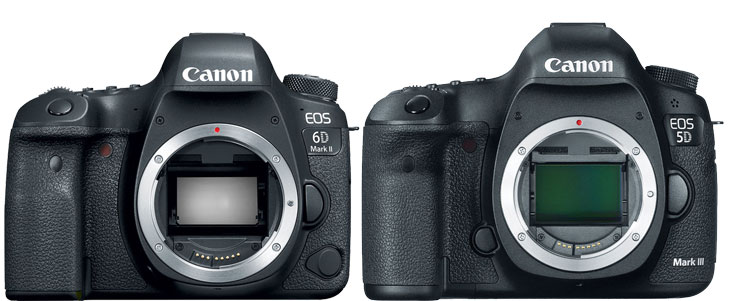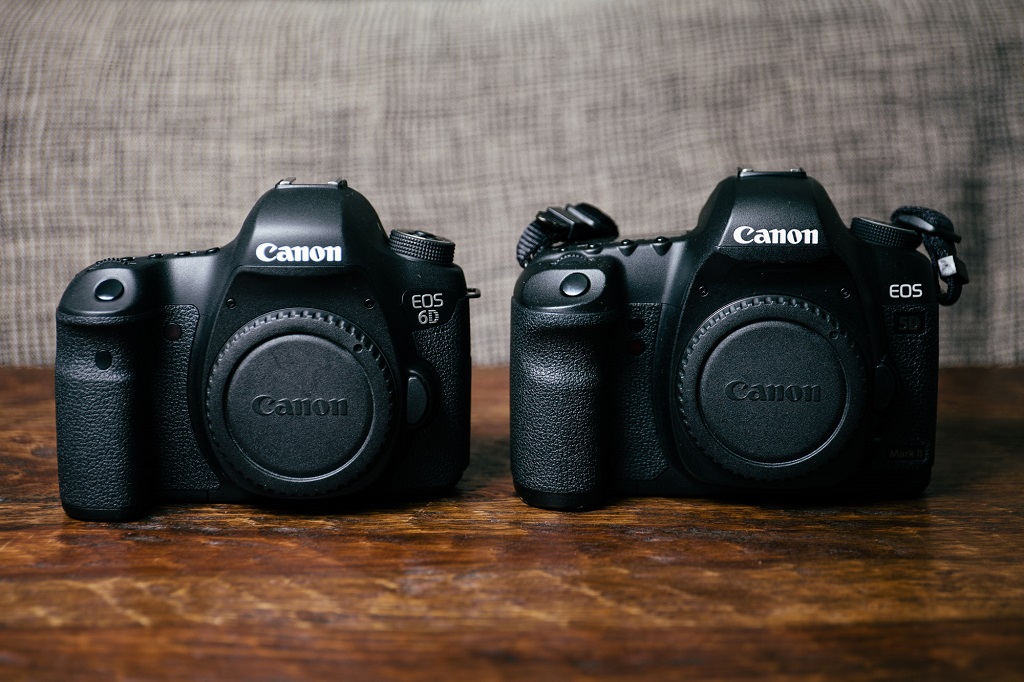

- #Canon 5d mark iii vs 6d mark ii for low light full#
- #Canon 5d mark iii vs 6d mark ii for low light professional#
While the 6D is far from a lightweight, it is almost a quarter pound lighter. Weight: 6D Winsįull frame DSLRs are all really heavy and weighing in at 1.9 pounds, the 5D Mark III is a bit of a beast. While both cameras can withstand a good amount of abuse, the 5D Mark III can take more of a beating due to its exceptional build quality and sturdy construction.
#Canon 5d mark iii vs 6d mark ii for low light professional#
The 5D Mark III is much more solid and feels like a piece of professional level equipment. The 6D is made mostly of plastic and feels a lot like a lower level DSLR in your hands. The 6D has been WiFi and GPS built in while the 5D Mark III has neither. WiFi allows you to transfer photos directly to a smartphone as well as to control the camera from your phone. This is especially useful for scientists and other people who do field work and need to know the exact spot where a photo was taken.

GPS allows the location of a photo to be stored in its metadata so that you can remember exactly where you took it. While these may be unnecessary features for some photographers, a lot of people really appreciate them. One area where the 6D beats its competitors is in GPS and WiFi connectivity. With the 5D Mark III you’ll have fewer unusable shots due to focusing issues. With all those autofocus points, the 5D Mark III has dramatically better focus.

Cross-type autofocus points are much better at detecting the differences in contrast that allow a camera to focus on a subject. The 6D has 11 autofocus points, with only the center one being cross-type but the 5D Mark III has 61 autofocus points, all of which are cross-type. One of the most significant differences between the 6D and the 5D Mark III is the autofocus system. This isn’t a huge deal if you are using a camera only for personal use but it can be really important if you are being paid to take photos of someone’s once in a lifetime event! Autofocus Points: 5D Mark III Wins with 61 autofocus points Shooting two cards at once greatly minimizes the risk of losing photos from a corrupted card. The 5D Mark III has two card slots (one for SD cards and one for CF cards) so that you can write to both cards simultaneously. As with most “prosumer” level cameras, the 6D only writes to one card while shooting. This is a big one for a lot of professional photographers, especially those who shoot weddings and other events. Storage: 5D Mark III Wins with two card slots While 20 MP is more than enough for most applications, the higher resolution of the 5D Mark III will allow you to print larger photos or have more pixels to play with for cropping. The sensors on both of these cameras are able to capture plenty of megapixels, but the 5D Mark III is able to shoot at a slightly higher resolution than the 6D (22.3 MP vs. Resolution: 5D Mark III Wins with 22.3 MP Canon 6D vs 5D Mark IIIģ″ rear screen with approximately 1.04 million dotsģ.2″ rear screen with approximately 1.04 million dotsġx LP-E6 Rechargeable Lithium-ion Battery Pack
#Canon 5d mark iii vs 6d mark ii for low light full#
While the 6D lacks some of the features (such as the dual card slots and robust autofocus system) that make the 5D Mark III so popular with professionals, it is still an excellent full frame camera for both pros and hobbyists alike. The 5D Mark III is good-but at $2,600 it’s also expensive.Ĭanon introduced the 6D in September 2012 as an option for enthusiast photographers who wanted a high-quality, full frame camera. The 22.3 MP full frame sensor, 61 cross-type autofocus points, and dual card slots make this camera a photographer’s dream.

This camera replaced the popular 5D Mark II and is a far superior piece of machinery. The Canon 5D Mark III and Canon 6D are excellent full frame options.Ĭanon’s 5D Mark III has been the workhorse body of many professional photographers since it first came out in March 2012. Most professional photographers prefer full frame cameras for their ability to capture more light, show more detail, and perform better in dimly lit situations. When it comes to DSLRs, full frame cameras are the gold standard.


 0 kommentar(er)
0 kommentar(er)
